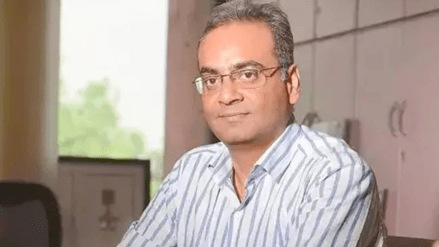India’s public broadcaster must evolve with the times, and collaboration is the way forward. That was the key message from Prasar Bharati CEO Gaurav Dwivedi during a panel at WAVES 2025, where he called for stronger partnerships between the public and private sectors, and a renewed focus on hyperlocal storytelling, reported Storyboard 18.
Dwivedi opened by tracing the roots of India’s public broadcasting model, noting that even as early as 1936, when All India Radio began, the organisation welcomed content from outside creators. He referenced iconic shows like Binaca Geetmala and the Bournvita Quiz Contest, which were not developed in-house but aired nationally, thanks to Akashvani.
“From the beginning, the model encouraged collaboration,” he said. “It gave a platform to external voices and content that resonated with millions.” The 1980s and ’90s further cemented this approach, he added, as Doordarshan became the cultural heartbeat of Indian households with serials like Ramayan, Mahabharat, and Hum Log. Many of these programmes, too, were the result of partnerships with external creators.
Today, while Prasar Bharati operates at an unmatched scale—broadcasting in over 20 languages and 180 dialects through hundreds of radio stations and dozens of TV channels—Dwivedi pointed to the limitations of traditional, one-channel-at-a-time formats. “Linear broadcasting has its constraints. We need to think beyond,” he said. He positioned WAVES OTT, Prasar Bharati’s upcoming streaming platform, as the next step in this evolution. The aim: to make space for more diverse, language-rich, and educational content that can scale digitally and reach new audiences. “We’re not just talking about news or entertainment—we’re looking at information that matters, from agriculture to science,” he said, referencing long-standing shows like Krishi Darshan and Turning Point.
Dwivedi also spoke about the opening up of news broadcasting to private players, describing it as a gradual and deliberate shift. “There was a time when public broadcasters had a monopoly on news. That has changed, and rightly so,” he said. Closing the session, he made a direct appeal to content creators and the media industry: “If you’re building something relevant and local, come to us. Public broadcasting is ready to carry it forward. Hyperlocalisation is the future—and we’re here to enable it.”
